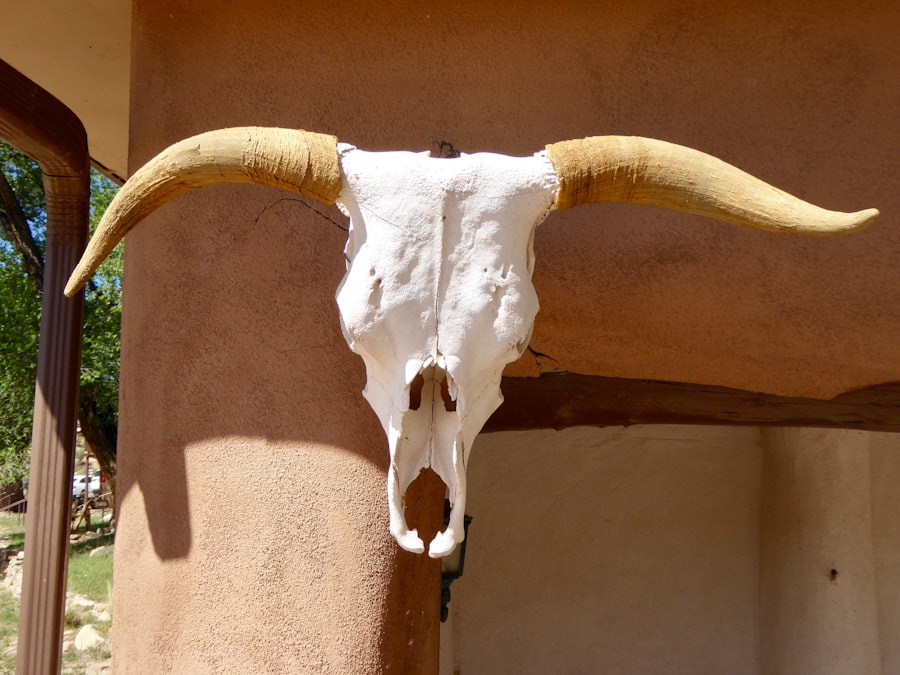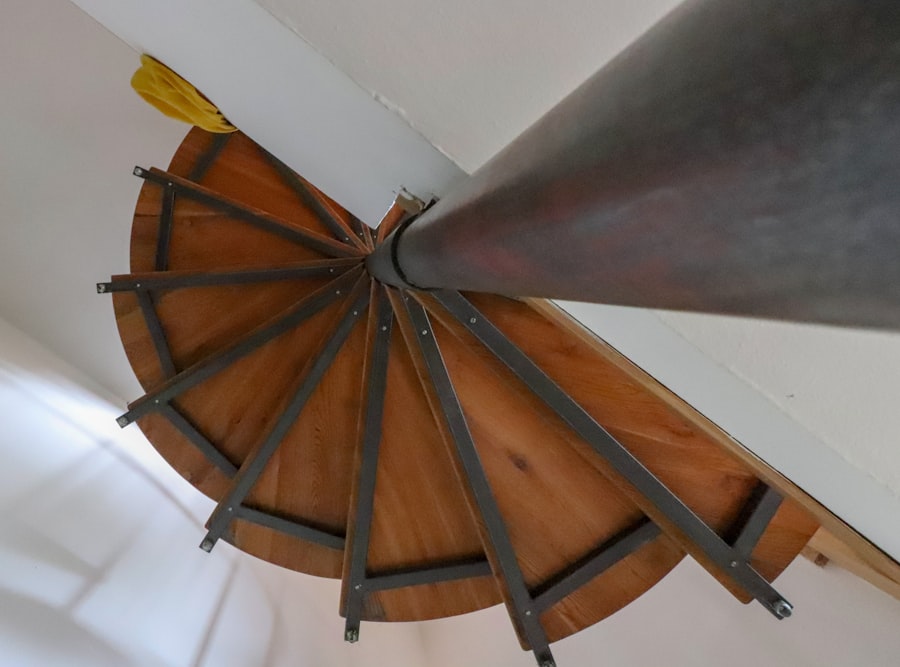Cape Horn, located at the southernmost tip of South America, is a prominent landmark that marks the boundary between the Atlantic and Pacific Oceans. This rugged promontory, part of Chile’s Tierra del Fuego archipelago, rises dramatically from the sea, characterized by steep cliffs and a harsh, windswept landscape. The surrounding waters, known as the Drake Passage, stretch approximately 800 kilometers (500 miles) between Cape Horn and Antarctica.
This passage is notorious for its turbulent seas and unpredictable weather, making it a significant point of interest for sailors and explorers alike. The geography of this region is not only defined by its striking landforms but also by its unique oceanic currents. The confluence of the warm waters from the Atlantic Ocean and the cold currents from the Pacific creates a dynamic marine environment.
This interaction contributes to the often treacherous conditions that vessels face when navigating these waters. The Drake Passage is also home to various islands and islets, each with its own ecological significance, further enhancing the complexity of this geographical marvel.
Key Takeaways
- Cape Horn and Drake Passage are located at the southern tip of South America, connecting the Pacific and Atlantic Oceans.
- Cape Horn and Drake Passage have a rich historical significance as major trade routes and challenging maritime passages.
- The weather and climate in Cape Horn and Drake Passage are characterized by strong winds, rough seas, and unpredictable conditions.
- Navigational hazards in Cape Horn and Drake Passage include strong currents, icebergs, and extreme weather, requiring careful planning and strategic navigation.
- Cape Horn and Drake Passage are home to diverse wildlife and marine life, including penguins, seals, whales, and various seabird species.
Historical Significance of Cape Horn and Drake Passage
The historical importance of Cape Horn and the Drake Passage cannot be overstated. For centuries, this region has served as a critical maritime route for explorers, traders, and adventurers seeking to navigate between the Atlantic and Pacific Oceans. The first recorded passage around Cape Horn was made by the Dutch explorer Willem Schouten in 1616, who sought an alternative route to the Strait of Magellan.
This discovery opened new avenues for trade and exploration, significantly impacting global maritime navigation. Throughout history, Cape Horn has been both a gateway and a barrier. During the Age of Sail, it became a vital route for clipper ships transporting goods such as gold, spices, and wool from one continent to another.
However, the treacherous waters also claimed countless vessels, leading to a legacy of shipwrecks and maritime disasters. The stories of these voyages have woven themselves into the fabric of maritime history, highlighting the challenges faced by those who dared to traverse this formidable passage.
Weather and Climate Challenges in Cape Horn and Drake Passage

The weather in Cape Horn and the Drake Passage is notoriously unpredictable, characterized by rapid changes that can occur within minutes.
The infamous “Roaring Forties” winds sweep through these waters, often reaching gale force and creating tumultuous seas that can pose significant challenges for even the most experienced mariners.
The climate in this area is classified as subpolar oceanic, with cool temperatures year-round and frequent precipitation. Storms can arise suddenly, bringing heavy rain, snow, or hail, which can severely impact visibility and navigation. Mariners must be well-prepared for these conditions, as they can lead to dangerous situations if not properly managed.
Understanding the weather patterns is crucial for anyone attempting to navigate this region safely.
Navigational Hazards and Strategies for Cape Horn and Drake Passage
| Category | Navigational Hazards | Strategies |
|---|---|---|
| Weather | Strong winds, heavy seas, and frequent storms | Monitoring weather forecasts, avoiding stormy periods, and seeking shelter in protected areas |
| Icebergs | Potential for encountering icebergs and ice floes | Using radar and sonar to detect ice, maintaining a safe distance from ice, and navigating in daylight |
| Currents | Strong currents and tidal flows | Planning routes to take advantage of favorable currents, avoiding areas of strong tidal flow, and adjusting speed and course as needed |
| Visibility | Poor visibility due to fog and low clouds | Using radar and GPS for navigation, sounding fog signals, and reducing speed in areas of poor visibility |
Navigating Cape Horn and the Drake Passage presents numerous hazards that require careful planning and execution. The combination of strong currents, shifting winds, and rocky outcrops creates a challenging environment for vessels of all sizes. One of the most significant hazards is the presence of submerged rocks and reefs that can be difficult to detect, especially in poor visibility conditions.
Mariners must rely on accurate charts and up-to-date navigational information to avoid these dangers. To mitigate risks while navigating these treacherous waters, sailors often employ various strategies. One common approach is to take advantage of favorable weather windows when conditions are calmer.
Additionally, many vessels utilize advanced navigational technology such as GPS and radar systems to enhance their situational awareness. Experienced captains also emphasize the importance of maintaining a vigilant watch and being prepared to alter course quickly in response to changing conditions.
Wildlife and Marine Life in Cape Horn and Drake Passage
The waters surrounding Cape Horn and the Drake Passage are teeming with diverse marine life, making it a vital ecological zone. The nutrient-rich currents support an abundance of species, including various fish, seals, and seabirds. Notably, this region serves as a critical habitat for several species of whales, including humpback whales and orcas, which migrate through these waters in search of food.
In addition to marine mammals, the area is home to numerous seabird species that thrive in the harsh conditions. Albatrosses, petrels, and cormorants are commonly spotted soaring above the waves or diving for fish below. The unique interplay between land and sea creates a rich tapestry of biodiversity that draws researchers and nature enthusiasts alike to explore this remarkable ecosystem.
Modern Technology and Navigation Aids for Cape Horn and Drake Passage

In recent years, advancements in technology have significantly improved navigation in Cape Horn and the Drake Passage. Modern vessels are equipped with sophisticated navigation systems that provide real-time data on weather conditions, sea state, and potential hazards. These tools enable mariners to make informed decisions while traversing these challenging waters.
Additionally, satellite communication has revolutionized maritime safety by allowing vessels to stay connected even in remote areas. This connectivity enables sailors to receive timely weather updates and emergency assistance if needed.
As technology continues to evolve, it plays an increasingly vital role in ensuring safe passage through this historically perilous region.
Famous Shipwrecks and Survival Stories in Cape Horn and Drake Passage
The treacherous waters of Cape Horn and the Drake Passage have witnessed numerous shipwrecks throughout history, each with its own tale of tragedy and survival. One of the most infamous incidents occurred in 1914 when Ernest Shackleton’s ship, the Endurance, became trapped in pack ice during an Antarctic expedition. The crew’s remarkable journey to safety after their vessel was lost has become legendary, showcasing human resilience in the face of adversity.
Another notable shipwreck is that of the USS Maine in 1898 during the Spanish-American War. Although not directly related to Cape Horn itself, its sinking near Havana Harbor serves as a reminder of the dangers faced by naval vessels during wartime operations in challenging waters. These stories highlight not only the perils associated with navigation in this region but also the indomitable spirit of those who have braved its challenges.
Cultural and Indigenous Perspectives on Cape Horn and Drake Passage
The cultural significance of Cape Horn extends beyond its geographical features; it is deeply intertwined with the histories of indigenous peoples who have inhabited these lands for centuries. The Yaghan people, among others, have long regarded this region as sacred, with their traditions reflecting a profound connection to the land and sea. Their knowledge of local ecosystems has been passed down through generations, emphasizing sustainable practices that honor their ancestral heritage.
In contemporary times, efforts are being made to recognize and preserve these indigenous perspectives as part of the broader narrative surrounding Cape Horn and the Drake Passage. Collaborative initiatives between indigenous communities and conservation organizations aim to protect both cultural heritage and natural resources in this ecologically sensitive area. By integrating traditional knowledge with modern conservation efforts, there is hope for a more sustainable future for both people and wildlife in this remarkable region.
Ecological Conservation Efforts in Cape Horn and Drake Passage
As awareness grows regarding environmental issues facing Cape Horn and the Drake Passage, various conservation initiatives have emerged to protect this fragile ecosystem. Organizations dedicated to marine conservation are working tirelessly to address threats such as overfishing, pollution, and climate change impacts on local wildlife populations. These efforts aim not only to safeguard biodiversity but also to promote sustainable practices among local communities.
One significant initiative involves establishing marine protected areas (MPAs) within the region to preserve critical habitats for marine life. These MPAs serve as sanctuaries where fishing activities are restricted or regulated to allow ecosystems to recover from human impacts. Additionally, educational programs aimed at raising awareness about environmental stewardship are being implemented within local communities to foster a sense of responsibility toward protecting their natural heritage.
Tourism and Adventure Travel in Cape Horn and Drake Passage
Cape Horn and the Drake Passage have become increasingly popular destinations for adventure travelers seeking unique experiences in some of the world’s most remote landscapes. Tour operators offer guided expeditions that allow visitors to explore this breathtaking region while learning about its rich history and ecology. Activities such as hiking on nearby islands or observing wildlife from small boats provide opportunities for immersive encounters with nature.
However, tourism in this area must be approached with caution due to its delicate ecosystems. Responsible travel practices are essential to minimize environmental impacts while still allowing visitors to appreciate the beauty of Cape Horn and its surroundings. Many tour operators emphasize sustainable practices by adhering to guidelines that protect wildlife habitats and promote conservation efforts within local communities.
Tips for Safe and Successful Passage through Cape Horn and Drake Passage
For those planning to navigate through Cape Horn and the Drake Passage, preparation is key to ensuring a safe journey. First and foremost, mariners should familiarize themselves with current weather conditions before setting sail; understanding local forecasts can help identify favorable windows for passage. Additionally, having reliable navigational equipment onboard is crucial for avoiding hazards such as submerged rocks or shifting currents.
It is also advisable for sailors to maintain open communication with other vessels operating in the area; sharing information about weather patterns or potential dangers can enhance overall safety during transit. Lastly, cultivating a mindset of adaptability is essential when navigating these unpredictable waters; being prepared to alter course or delay travel plans based on changing conditions can make all the difference between a successful voyage or a perilous encounter with nature’s forces. In conclusion, navigating Cape Horn and the Drake Passage presents both challenges and opportunities for those who dare to venture into this remarkable region.
With its rich history, diverse wildlife, and ongoing conservation efforts, it remains a testament to human resilience against nature’s formidable forces while highlighting our responsibility toward preserving its beauty for future generations.
Cape Horn and the Drake Passage are renowned for their treacherous waters and challenging navigation conditions, making them a significant topic of interest for maritime enthusiasts and adventurers. For those looking to delve deeper into the geographical and historical significance of these regions, a related article can be found on MyGeoQuest. This article provides insights into the unique challenges faced by sailors and the natural beauty of the area. To explore more about this fascinating topic, you can visit the article by clicking on this link.
WATCH HERE: Drake Passage: Earth’s Deadliest Waters Revealed
FAQs
What is Cape Horn and the Drake Passage?
Cape Horn is the southernmost headland of the Tierra del Fuego archipelago of southern Chile, and it marks the northern boundary of the Drake Passage. The Drake Passage is the body of water between Cape Horn and the South Shetland Islands of Antarctica.
Why is Cape Horn and the Drake Passage significant?
Cape Horn and the Drake Passage are significant because they are known for their treacherous and unpredictable weather conditions, making them some of the most challenging and dangerous maritime routes in the world.
What is the weather like at Cape Horn and the Drake Passage?
The weather at Cape Horn and the Drake Passage is characterized by strong winds, large waves, and rapidly changing conditions. Storms and rough seas are common in this region, making it a difficult area for navigation.
What is the history of Cape Horn and the Drake Passage?
Cape Horn and the Drake Passage have a rich history of maritime exploration and trade. They were important routes for early explorers and later for trade between Europe and the Pacific. Many ships have been lost in these waters, leading to a reputation for danger and difficulty.
Can tourists visit Cape Horn and the Drake Passage?
Yes, tourists can visit Cape Horn and the Drake Passage, typically as part of a cruise to Antarctica or as part of an expedition to explore the southernmost regions of South America. However, the weather and sea conditions can make travel in this area challenging.
